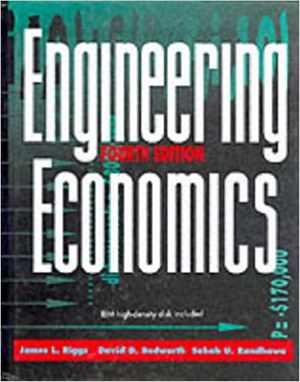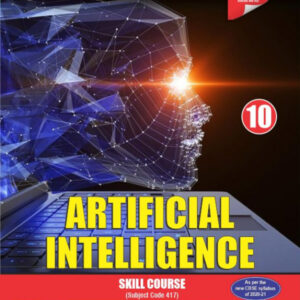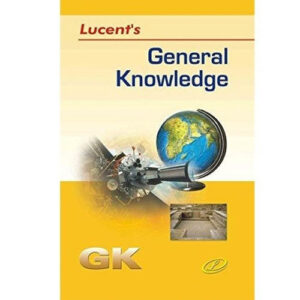This edition of this text continues to be a comprehensive, authoritative and interesting resource for introductory and advanced courses in Engineering Economics. This new edition has streamlined the material into 15 accessible, readable chapters.
The sequence of chapters flows through:
1 Fundamentals required for economic analysis;
2 Structural/procedures for performing those analyses;
3 Specific considerations for the public sector;
4 Depreciation and income tax considerations;
5 Inflation/considerations;
6 Advanced concepts, including risk and decision. An emphasis on a clear, interesting writing style with numerous examples and review exercises offsets traditional ideas that the subject matter can be dull.
Salient Features
- Comprehensive glossaries enable students to clarify definitions at any time.
- Contains both risk analysis (“Cheers”) and spreadsheet software, whose functions include before-and-after-tax analysis, sensitivity and risk analysis, interest tables, loan analysis, and payback period. The student can apply concepts to real world problems without the tedium of manual problem solving.
- Homework problems updated and increased to about 25 per chapter, so that the instructor has a greater range of problems to choose from when preparing homework or exams.
- Chapter 9 (IRS tax and depreciation material) completely updated to conform to the Tax Reform Act 1986, as well as the most recent IRS publication rulings.
- 24 chapters streamlined to 16 – less material makes this text more accessible for instructor and student use.
- Chapter 5 rewritten (rate of return material), particularly regarding the reinvestment question for positive period balances when computing the Internal Rate of Return (IRR).
- Humorous style makes difficult concepts such as the Internal Rate of Return more accessible.
- Advanced topics are also included in this text, such as sensitivity analysis, break even analysis, risk analysis, multi criteria and sequential decision making and productivity issues.






There are no reviews yet.